 Welcome
Welcome
“May all be happy, may all be healed, may all be at peace and may no one ever suffer."
Dwarfism

Dwarfism is a medical condition characterized by short stature or a below-average height, usually due to genetic factors. It is defined as an adult height of less than 4 feet 10 inches (147 cm). There are many different types of dwarfism, each with its own unique features and causes.
The most common type of dwarfism is achondroplasia, which accounts for about 70% of all cases. It is caused by a genetic mutation that affects the development of cartilage and bone. Other types of dwarfism include diastrophic dysplasia, spondyloepiphyseal dysplasia congenita, and hypochondroplasia, among others.
People with dwarfism may experience physical challenges and medical complications, such as joint pain, spinal cord compression, breathing problems, and dental issues. However, many people with dwarfism lead full and active lives, and can participate in many of the same activities as people of average height.
It's important to note that dwarfism is not a disease or a disability, but rather a natural variation in human growth and development. People with dwarfism should be treated with respect and dignity, and should have the same rights and opportunities as anyone else.
Research Papers
Disease Signs and Symptoms
- Short height
- Short neck
- Progressive development of swayed lower back
- Arthritis and problems with joint movement
- Adult height ranging from 3 feet (91 cm) to just over 4 feet (122 cm)
- Short fingers, often with a wide separation between the middle and ring fingers
- Dwarfism
Disease Causes
Dwarfism
Most dwarfism-related conditions are genetic disorders, but the causes of some disorders are unknown. Most occurrences of dwarfism result from a random genetic mutation in either the father's sperm or the mother's egg rather than from either parent's complete genetic makeup.
Achondroplasia
About 80 percent of people with achondroplasia are born to parents of average height. A person with achondroplasia and with two average-size parents received one mutated copy of the gene associated with the disorder and one normal copy of the gene. A person with the disorder may pass along either a mutated or normal copy to his or her own children.
Turner syndrome
Turner syndrome, a condition that affects only girls and women, results when a sex chromosome (the X chromosome) is missing or partially missing. A female inherits an X chromosome from each parent. A girl with Turner syndrome has only one fully functioning copy of the female sex chromosome rather than two.
Growth hormone deficiency
The cause of growth hormone deficiency can sometimes be traced to a genetic mutation or injury, but for most people with the disorder, no cause can be identified.
Other causes
Other causes of dwarfism include other genetic disorders, deficiencies in other hormones or poor nutrition. Sometimes the cause is unknown.
Disease Prevents
Disease Treatments
The goal of treatment is to maximize functioning and independence. Most dwarfism treatments don't increase stature but may correct or relieve problems caused by complications.
Surgical treatments
Surgical procedures that may correct problems in people with disproportionate dwarfism include:
- Correcting the direction in which bones are growing
- Stabilizing and correcting the shape of the spine
- Increasing the size of the opening in bones of the spine (vertebrae) to alleviate pressure on the spinal cord
- Placing a shunt to remove excess fluid around the brain (hydrocephalus), if it occurs
Hormone therapy
For individuals with dwarfism due to growth hormone deficiency, treatment with injections of a synthetic version of the hormone may increase final height. In most cases, children receive daily injections for several years until they reach a maximum adult height — often within the average adult range for their family.
Treatment may continue throughout the teen years and early adulthood to ensure adult maturation, such as appropriate gain in muscle or fat. Some individuals may need lifelong therapy. The treatment may be supplemented with other related hormones if they are also deficient.
Treatment for girls with Turner syndrome also requires estrogen and related hormone therapy in order for them to begin puberty and achieve adult sexual development. Estrogen replacement therapy usually continues throughout life until women with Turner syndrome reach the average age of menopause.
Growth hormone supplementation for children with achondroplasia does not increase final adult height.
Ongoing health care
Regular checkups and ongoing care by a doctor familiar with dwarfism can improve quality of life. Because of the range of symptoms and complications, treatments are tailored to address problems as they occur, such as assessment and treatment for ear infections, spinal stenosis or sleep apnea.
Adults with dwarfism should continue to be monitored and treated for problems that occur throughout life.
Limb lengthening
Some people with dwarfism choose to undergo surgery called extended limb lengthening. This procedure is controversial for many people with dwarfism because, as with all surgeries, there are risks. Waiting to decide about limb lengthening until the person with dwarfism is old enough to participate in the decision is recommended because of the emotional and physical stress involved with multiple procedures.
Disease Diagnoses
Disease Allopathic Generics
Disease Ayurvedic Generics
Disease Homeopathic Generics
Disease yoga
Dwarfism and Learn More about Diseases
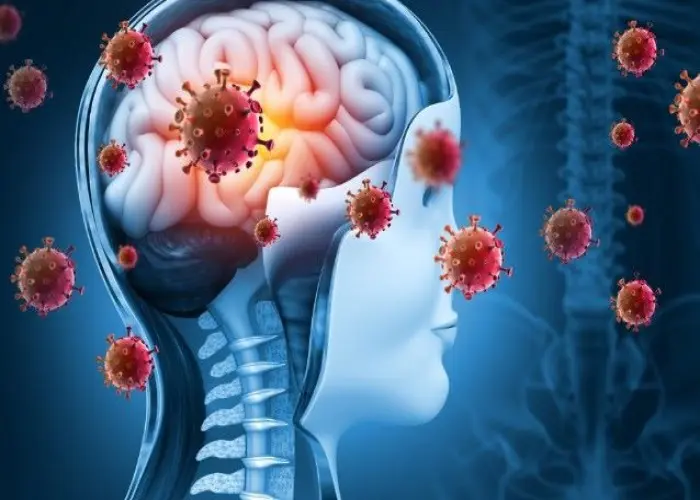
Encephalitis
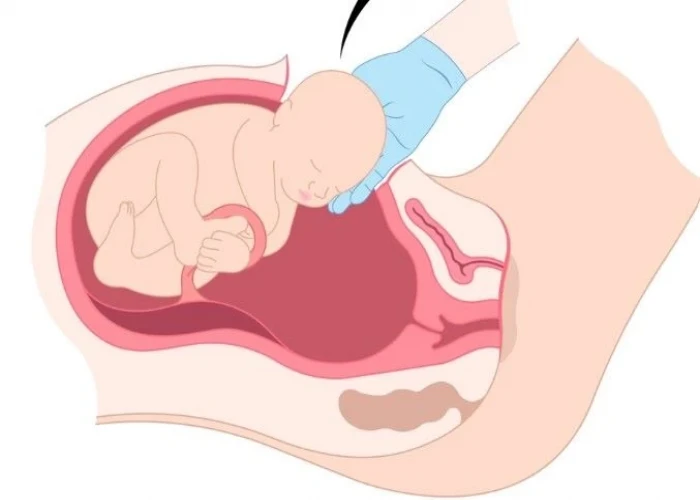
Postpartum preeclampsia

Mumps
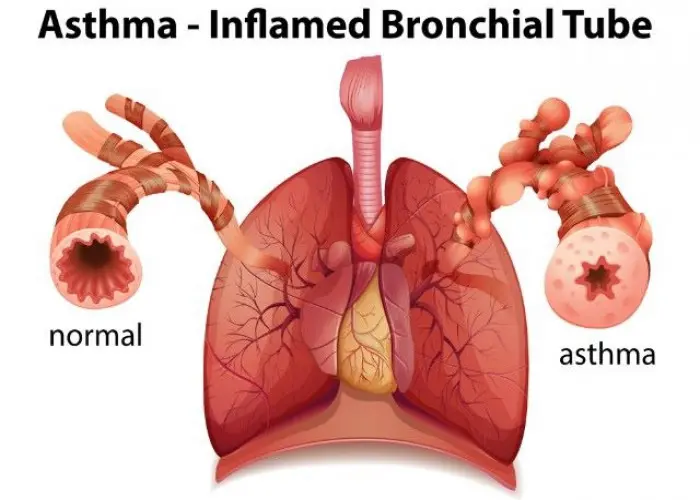
Exercise-induced asthma
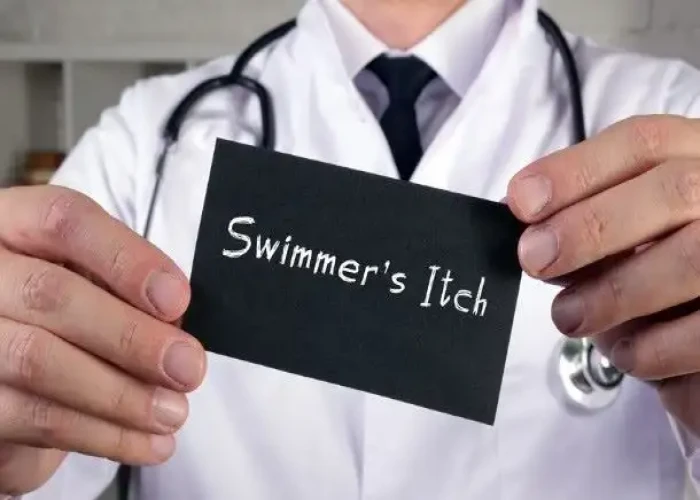
Swimmer's itch
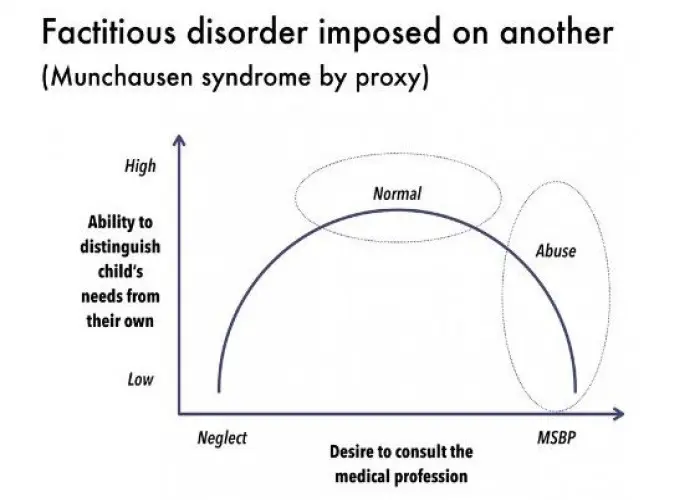
Factitious disorder

Hangovers

Nasal and paranasal tumors
dwarfism, বামনতা
To be happy, beautiful, healthy, wealthy, hale and long-lived stay with DM3S.
